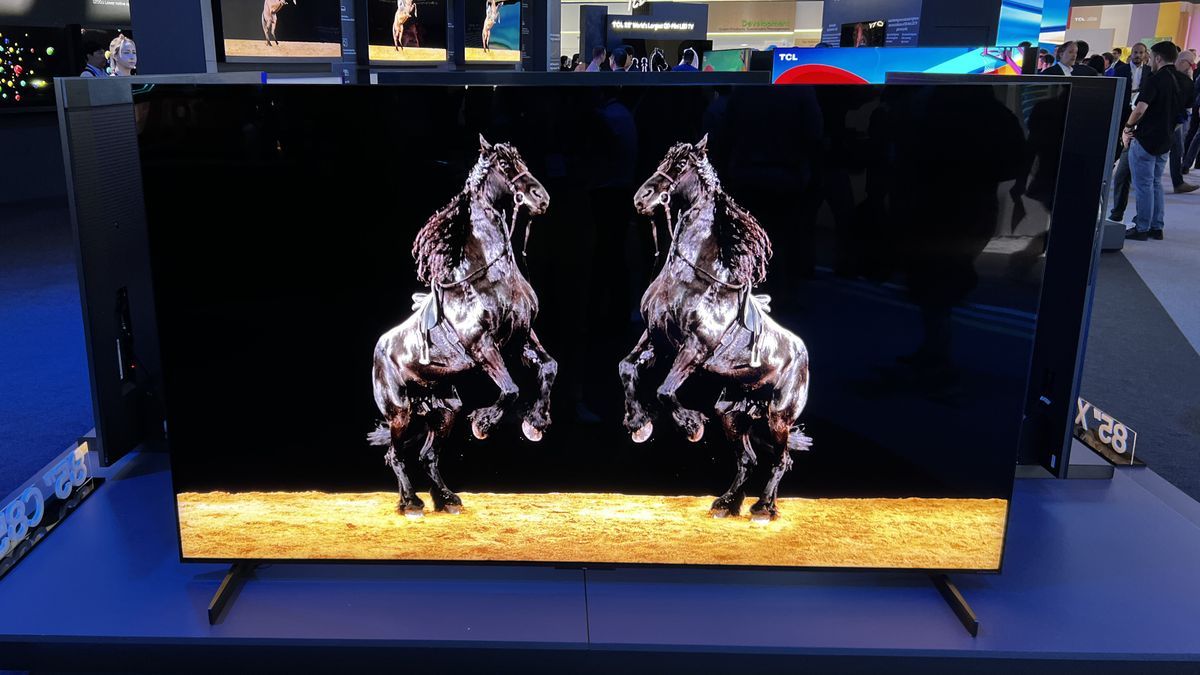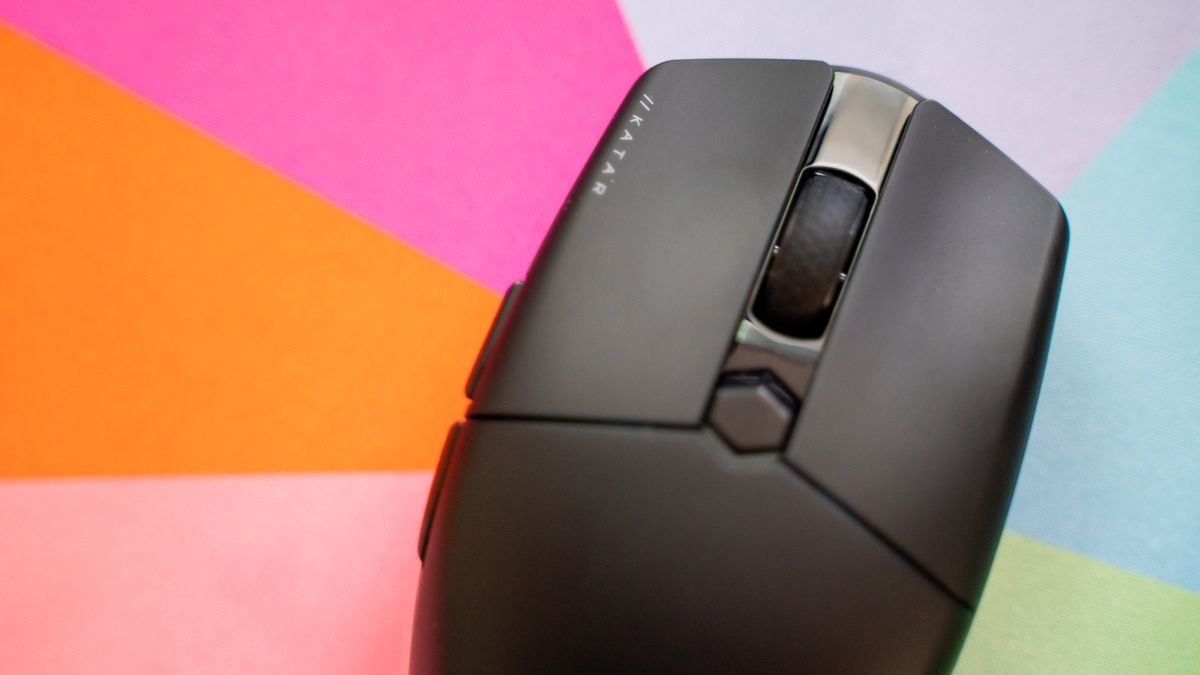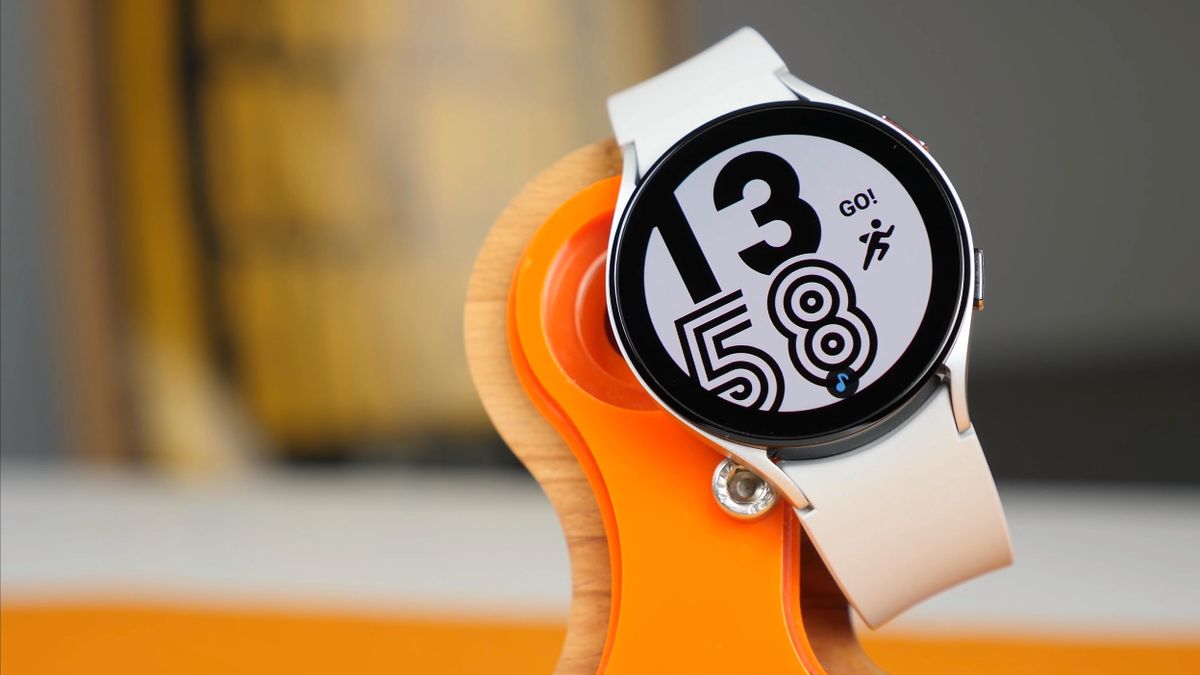A few months ago, TCL announced details of its upcoming flagship mini-LED TV, and I just got my first chance to see it in action at IFA 2024, and it really is stunning.
It's available in 85-inch and 98-inch sizes, and both were on display. Even without worrying about the price (which I assume will be high), it's clear I won't be able to afford either of these giant TVs for my modest living room, but I'm excited to see the tech inside them make its way into TCL's standard TV lineup… though it also proved to be a reminder of just how good the company's current TVs are.
The X11H is rated for 6,500 nits of brightness according to TCL, and keep in mind that around 3,000 nits is the most you can get from the more standard-priced mini-LED TVs featured in our guide to the best TVs – and that's still for the most premium ones.
Super-high brightness isn't really a benefit if all the light leaks from bright areas to dark areas, which is why the X11H has over 10,000 dimming zones on the 85-inch model and over 14,000 on the 98-inch model.
Watching this combination of brightness and backlight control in action is fascinating. Colours are very vivid without going over the edge of saturation and dark parts of the screen were inky black with no bleeding into light areas.
Now, a trade show isn't the best place to observe the nuances of light control, I'll admit, so I'd love to have the TV in our darkened test room, but I was still impressed with the level of contrast I saw there, because TCL's demo images weren't afraid to lean into having small bold areas surrounded by darkness.
Anyway, I assumed the contrast level would be good, so the colors were the element that really caught my attention. The thing about ultra-bright TVs isn't that they don't necessarily make HDR movies better – in fact, with these very bright TVs, we always recommend using the Movie or Filmmaker modes which generally reduce brightness, because they tend to help with accuracy.
But brightness and rich colours are fantastic for recreating the real world, which is a very bright place. It's great to watch sports matches or nature documentaries filmed in 4K in great detail on a screen with brightness that makes them look more real – the advantage of brightness is flexibility, rather than wanting everything to be bright by default.
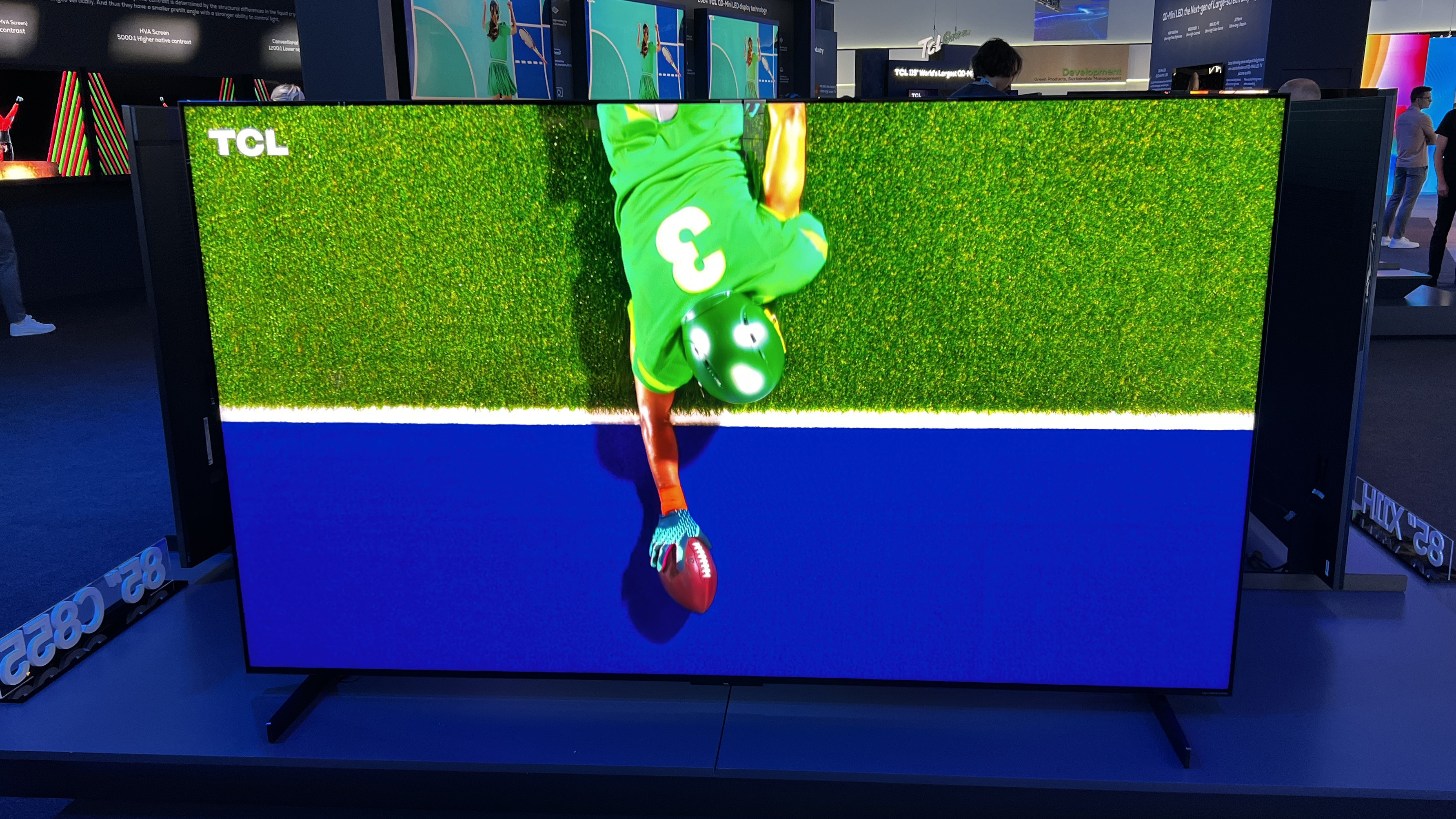
However, I’ve mentioned before that one thing that caught my eye is the comparison with TCL’s highest-end TV for mainstream audiences in Europe this year – the TCL C855. I was able to see the X11H and C855 side-by-side at 85 inches, and while that comparison showed off what the X11H’s extra tech can do, what caught my eye even more is just how good the C855 is – which isn’t a surprise if you’ve read our glowing TCL C855 review.
(This being a European trade show, the US-focused TCL QM851G was not on display for comparison.)
The 85-inch C855's local dimming handling didn't seem significantly different from the X11H's (after all, the C855 still has over 2000 dimming zones).
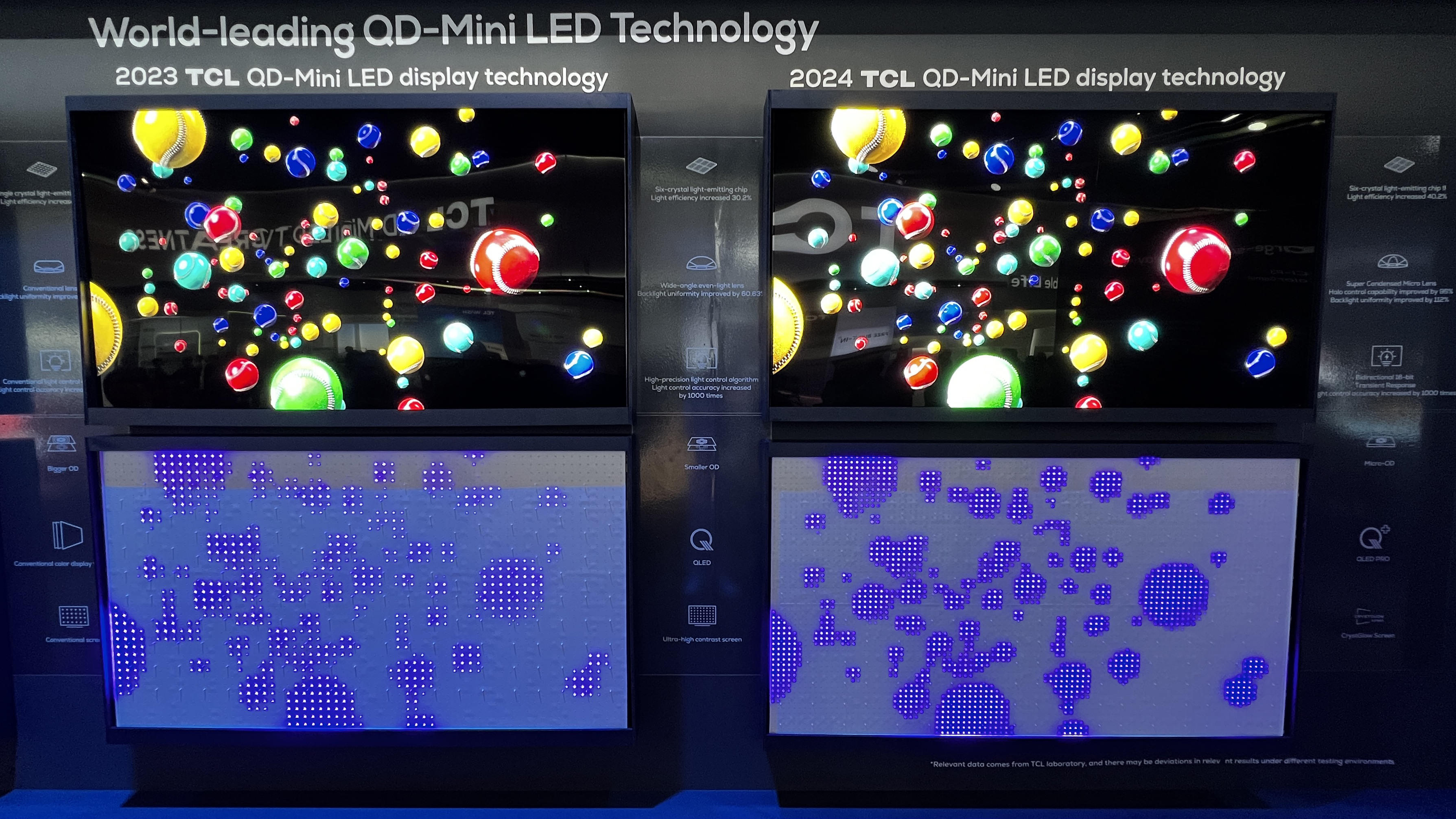
I could see a much clearer jump in color intensity on the X11H compared to the C855, largely thanks to the extra brightness, probably, but even so it served as a reminder that the C855 still looked fantastic and is likely a fraction of the price of the X11H, especially since the C855 will drop in price over time and the X11H won't arrive until later in life. Plus… well, the C855 is available in more realistic sizes for most people.
As with most high-end AV tech, there's definitely a case for diminishing returns as you spend more and more, but the X11H still made a very solid case for what you get when you take TV tech to the extreme.
We awarded the TCL X11H one of our Best of IFA 2024 awards, thanks to this beautiful display of color and contrast; check out our other favorite tech from the show, too.

